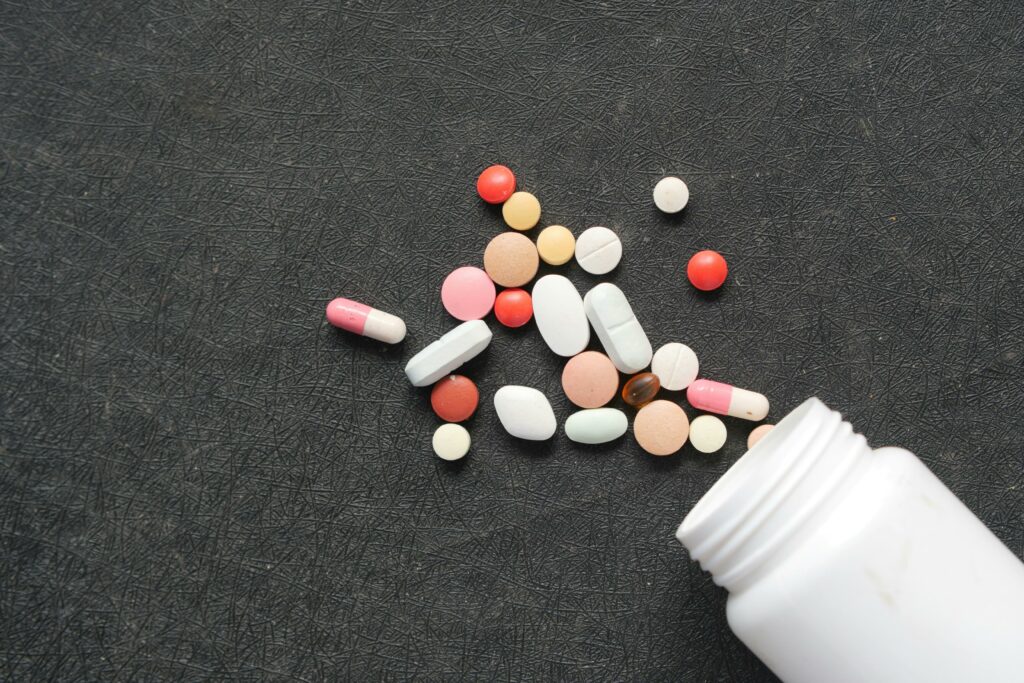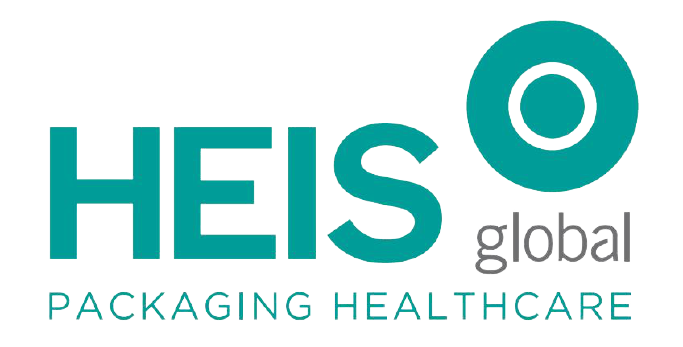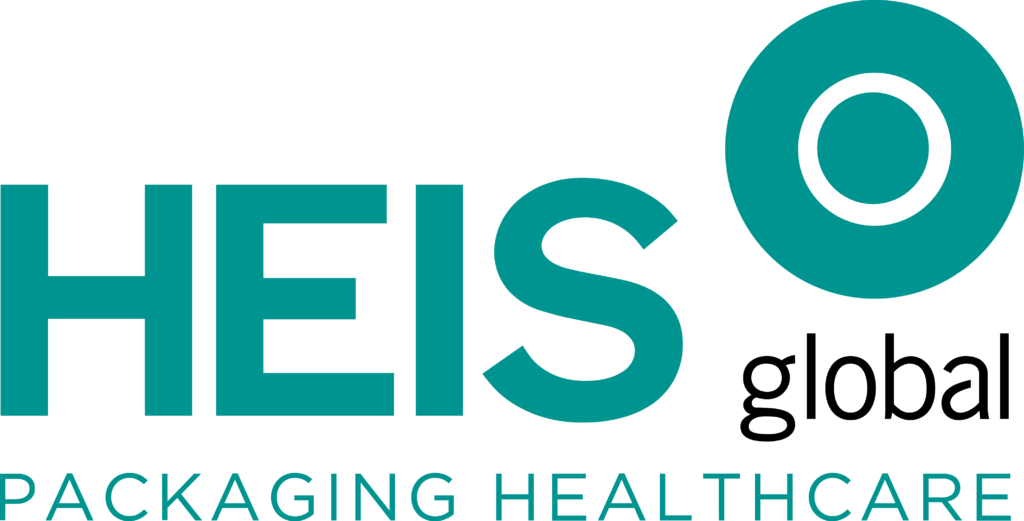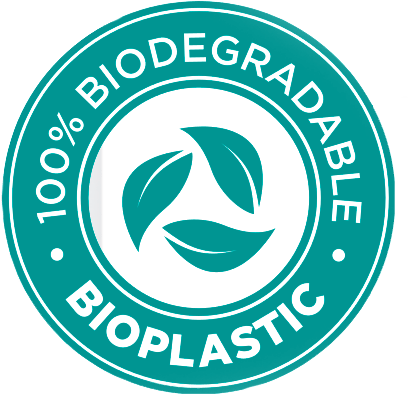
In the ever-evolving landscape of pharmaceutical and nutraceutical industries, sustainability has become a paramount concern. With the growing awareness of environmental issues and the need for eco-friendly solutions, the adoption of sustainable packaging materials has gained significant momentum. One such material making waves in the industry is polylactic acid (PLA), and its application in pill jars, boxes, and pots is reshaping the way medications and supplements are packaged and delivered.
Understanding PLA: A Sustainable Alternative
PLA, derived from renewable resources such as corn starch or sugarcane, offers a biodegradable and compostable alternative to traditional plastics. Unlike conventional plastics derived from fossil fuels, PLA reduces reliance on finite resources and minimizes greenhouse gas emissions. Its biodegradability ensures that discarded pill jars do not contribute to long-term environmental pollution, making it an attractive choice for sustainable packaging solutions.
The Advantages of PLA Pill Jars
PLA pill jars offer numerous advantages over traditional plastic containers. They are lightweight yet durable, providing adequate protection for medications and supplements while minimizing shipping costs and environmental impact. Additionally, PLA is transparent, allowing consumers to easily identify the contents of the pill jar without compromising on product visibility. Its versatility enables manufacturers to customize pill jars in various shapes and sizes to suit different products and dosages, enhancing convenience for both producers and consumers.
Promoting Sustainability in the Supply Chain
The adoption of PLA pill jars extends beyond environmental benefits; it also promotes sustainability throughout the supply chain. Manufacturers and distributors can align their operations with eco-friendly practices by opting for PLA packaging, thereby reducing their carbon footprint and contributing to a more sustainable future. Furthermore, consumers increasingly favor products packaged in environmentally responsible materials, driving demand for PLA pill jars and incentivizing businesses to prioritize sustainability in their packaging choices.
Challenges and Future Outlook
Despite its numerous advantages, PLA packaging still faces challenges such as higher production costs and limited recycling infrastructure compared to traditional plastics. However, ongoing research and technological advancements aim to address these issues, making PLA a more viable and cost-effective option for pharmaceutical and nutraceutical packaging. With continued innovation and industry collaboration, the widespread adoption of PLA pill jars holds promise for a greener and more sustainable future in the healthcare sector.
Ensuring Compliance and Safety
Apart from its eco-friendly properties, PLA also meets the stringent regulatory requirements for pharmaceutical packaging. It is FDA-approved for direct food contact, ensuring the safety and integrity of medications and supplements stored in PLA pill jars. Manufacturers can confidently use PLA packaging knowing that it complies with quality standards and poses no harm to consumers.
Educating Consumers on Sustainable Choices
As sustainability becomes a key consideration for consumers, educating them about the benefits of PLA packaging is crucial. Transparent labeling and communication efforts can highlight the eco-friendly nature of PLA pill jars, empowering consumers to make informed purchasing decisions. By raising awareness about the environmental impact of packaging materials, businesses can encourage a shift towards more sustainable consumption habits and foster a culture of environmental stewardship.


